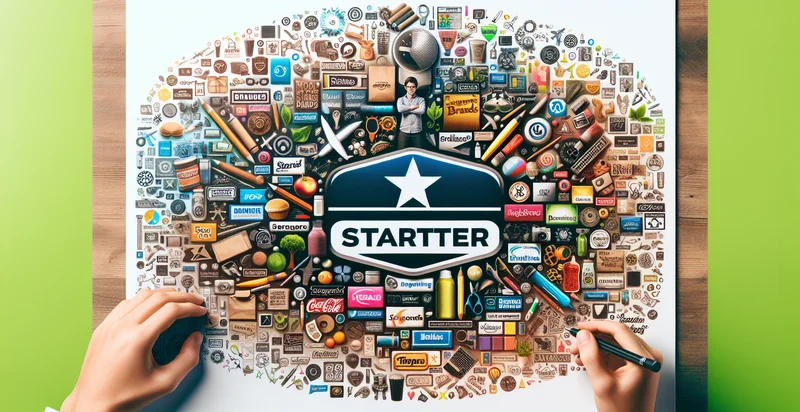Identify department store brands
using AI
Below is a free classifier to identify department store brands. Just upload your image, and our AI will predict which department store brand a product belongs to - in just seconds.

Contact us for API access
Or, use Nyckel to build highly-accurate custom classifiers in just minutes. No PhD required.
Get started
import nyckel
credentials = nyckel.Credentials("YOUR_CLIENT_ID", "YOUR_CLIENT_SECRET")
nyckel.invoke("department-store-brands", "your_image_url", credentials)
fetch('https://www.nyckel.com/v1/functions/department-store-brands/invoke', {
method: 'POST',
headers: {
'Authorization': 'Bearer ' + 'YOUR_BEARER_TOKEN',
'Content-Type': 'application/json',
},
body: JSON.stringify(
{"data": "your_image_url"}
)
})
.then(response => response.json())
.then(data => console.log(data));
curl -X POST \
-H "Content-Type: application/json" \
-H "Authorization: Bearer YOUR_BEARER_TOKEN" \
-d '{"data": "your_image_url"}' \
https://www.nyckel.com/v1/functions/department-store-brands/invoke
How this classifier works
To start, upload your image. Our AI tool will then predict which department store brand a product belongs to.
This pretrained image model uses a Nyckel-created dataset and has 31 labels, including American Eagle Outfitters, Anthropologie, Aéropostale, Banana Republic, Burlington, Costco, Dillard'S, Express, Five Below and Forever 21.
We'll also show a confidence score (the higher the number, the more confident the AI model is around which department store brand a product belongs to).
Whether you're just curious or building department store brands detection into your application, we hope our classifier proves helpful.
Related Classifiers
Need to identify department store brands at scale?
Get API or Zapier access to this classifier for free. It's perfect for:
- Brand Quality Assurance: This function can be utilized by department stores to verify the authenticity of the brands they carry. By identifying false images of brand products, stores can ensure that they are not selling counterfeit goods, thereby maintaining their reputation and customer trust.
- Marketing Analytics: Retail marketing teams can use this functionality to analyze the performance of store brands across various advertising platforms. By distinguishing genuine brand images from altered or misleading representations, marketers can refine their strategies and focus on authentic brand messaging.
- Inventory Management: Department stores can integrate this classification function into their inventory systems to monitor brand compliance. This ensures that all published product images align with official brand representations, aiding in maintaining consistent branding throughout the inventory.
- E-commerce Compliance: Businesses operating online can leverage this technology to perform a quality control check on product images uploaded to their websites. By identifying false images, e-commerce platforms can prevent misleading representations of products, enhancing customer experience and reducing returns.
- Fraud Detection: Retailers can employ this function in their fraud detection efforts to spot false images related to fake promotions or illicit resale. By flagging suspicious or non-compliant brand imagery, businesses can protect themselves from scams and legal repercussions.
- Consumer Trust Building: By implementing this image classification function, department stores can communicate their commitment to authenticity to their customers. This transparent approach can help build trust and loyalty among consumers who value genuine brand experiences over counterfeit alternatives.
- Training and Development: Retail staff can utilize insights generated from this classification system during training programs. By understanding how to identify false images and the implications for the business, employees can better uphold brand integrity and customer service standards.


